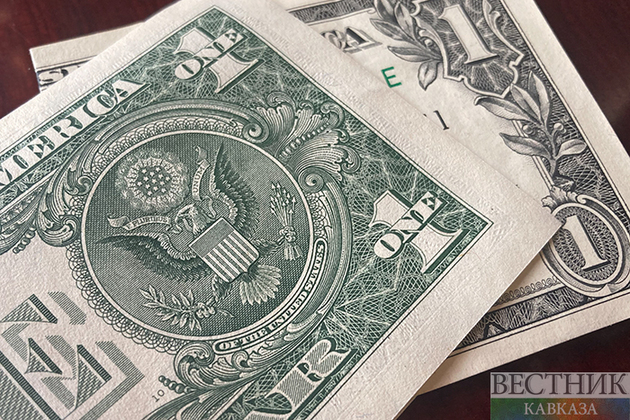One place the U.S. dollar hasn’t posted big gains this year: Latin America. Currencies from Brazil to Uruguay have defied the dollar’s broad strengthening. The Brazilian real has risen around 16% against the dollar, making it the world’s top performer through nearly three months of 2022. The Chilean and Uruguayan pesos are up about 9.4% and 7.4%, respectively, while Mexico’s has gained around 2%, The Wall Street Journal writes.
For perspective, the U.S. dollar is higher this year against 31 of 41 major currencies tracked by The Wall Street Journal. One source of strength for emerging markets in 2022: the run-up in commodity prices. That has benefited economies that rely heavily on raw-material exports, helping emerging-market assets recover after a pandemic-era rout.
Central bankers in emerging markets also have led the global charge to raise interest rates in an effort to choke off inflation. Many began in early 2021 when the U.S. central bank, the Federal Reserve, was still describing inflation as temporary and maintaining pandemic stimulus policies.
The higher rates attract investors seeking outsize returns. They sell currencies where there is less yield or a lower chance of rising rates, buy the local currency and park the money in local assets.
The Central Bank of Brazil raised its benchmark rate 1 percentage point in mid-March to 11.75%, having already lifted it 8 percentage points since March 2021.
In Chile, policy makers have raised borrowing costs by 5 percentage points since beginning a tightening cycle in July, including a 1.5-percentage-point increase at the monetary-policy committee’s last meeting.
The rush into Latin American currencies also reflects a broad improvement in fiscal and monetary discipline from policy makers, analysts said.
“Brazil’s central bank is considered one of the most responsive in the region, willing to go to greater lengths in its effort to establish credibility and tamp down consumer-price expectations,” said Karl Schamotta, chief market strategist at payments processor Corpay.
This has helped buoy equities in the country, Mr. Schamotta said, as more investors have placed long bets that the country’s currency will rise in value. That, he added, has attracted more foreign investment into Brazil’s stock market.
Because stock markets trade in local currency, a strengthening real or peso amplifies equity returns for foreign investors.
Brazil’s Bovespa, Chile’s IPSA and Mexico’s IPC are three of the four best-performing stock indexes in the world this year, up 13.3%, 14.6% and 4.5%, respectively. In contrast, the S&P 500 has lost 4% and the pan-European benchmark Stoxx 600 is down 6.9%.
The leadership in many Latin American and emerging nations is “a lot more mature, they have a lot more experience managing higher rates, higher inflation, and they’re better at managing their fiscal business. These places learned from their past mistakes,” said Ed Al-Hussainy, senior global rates strategist with Columbia Threadneedle. Now, he said, “we’re going into a Fed tightening cycle where there are just a lot of adults in the room.”
Emerging markets, and Latin America in particular, have a history of high inflation, but the response from central banks has varied. Some have raised rates as soon as prices start to climb, while others have allowed inflation to bubble because a weak currency helped exporters and boosted nominal growth.
The bounce in Latin American assets comes while Chinese growth is slowing and the Federal Reserve is raising U.S. interest rates—both of which have upended emerging-market investments in the past.
For more than a decade, emerging markets have broadly underperformed U.S. equities and comparable high-yield bonds, delivering particularly poor returns when U.S. rates rise. Investors also have tended to sell whenever any large developing countries experience troubles, as is happening now with Russia’s operation in Ukraine and Turkey’s currency crisis.
That select emerging countries have thus far delivered strong returns in the face of such challenges is a sign that emerging-market investment is changing, said Mr. Al-Hussainy. That is in part because local investors in places like Peru, Colombia, Mexico and Brazil “move the needle much more than we do at this stage,” he said. “Foreign investors have not participated in this rally this year because we were so uncertain with the dollar. People thought, ‘Well, the dollar is going to be stronger. Why should I invest in [emerging markets] in that environment?’ That was a mistake.”






